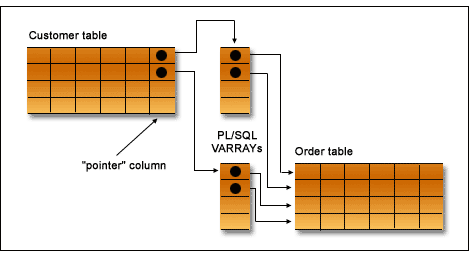Nested table
In PL SQL exists an efficient and adaptable collection of data: Nested table. Nested table is similar to one dimensional array but with some differences : An array has declare number of element – Nested table not. The size of nested table can increase using extend method. An array has always consecutive elements – Nested table has consecutive elements initially but it can become sparse when elements are deleted. To create a nested table you have to use this syntax : type type_name is table of element_type[size element]; table_name type_name; Here below an example to creation and use of a...


